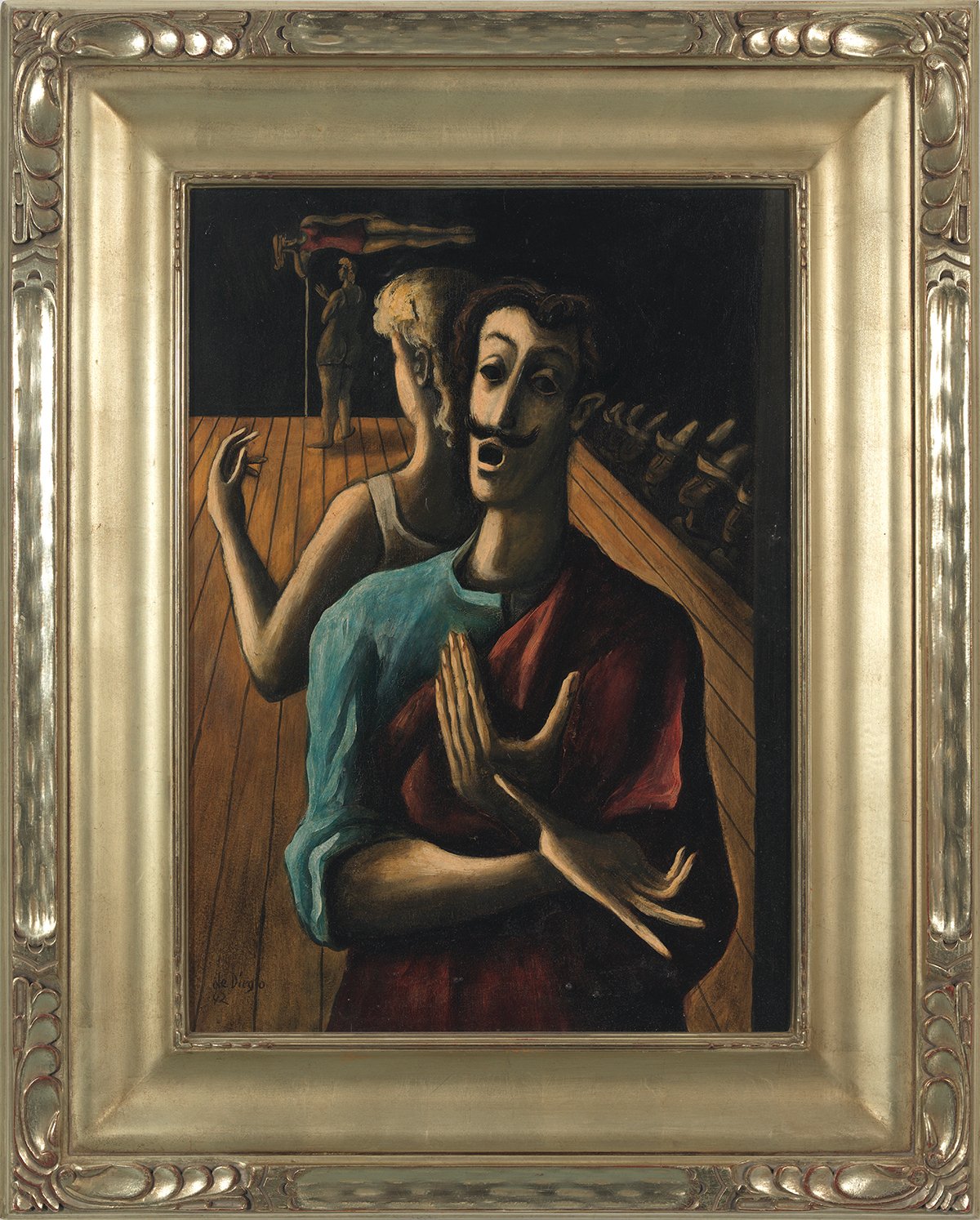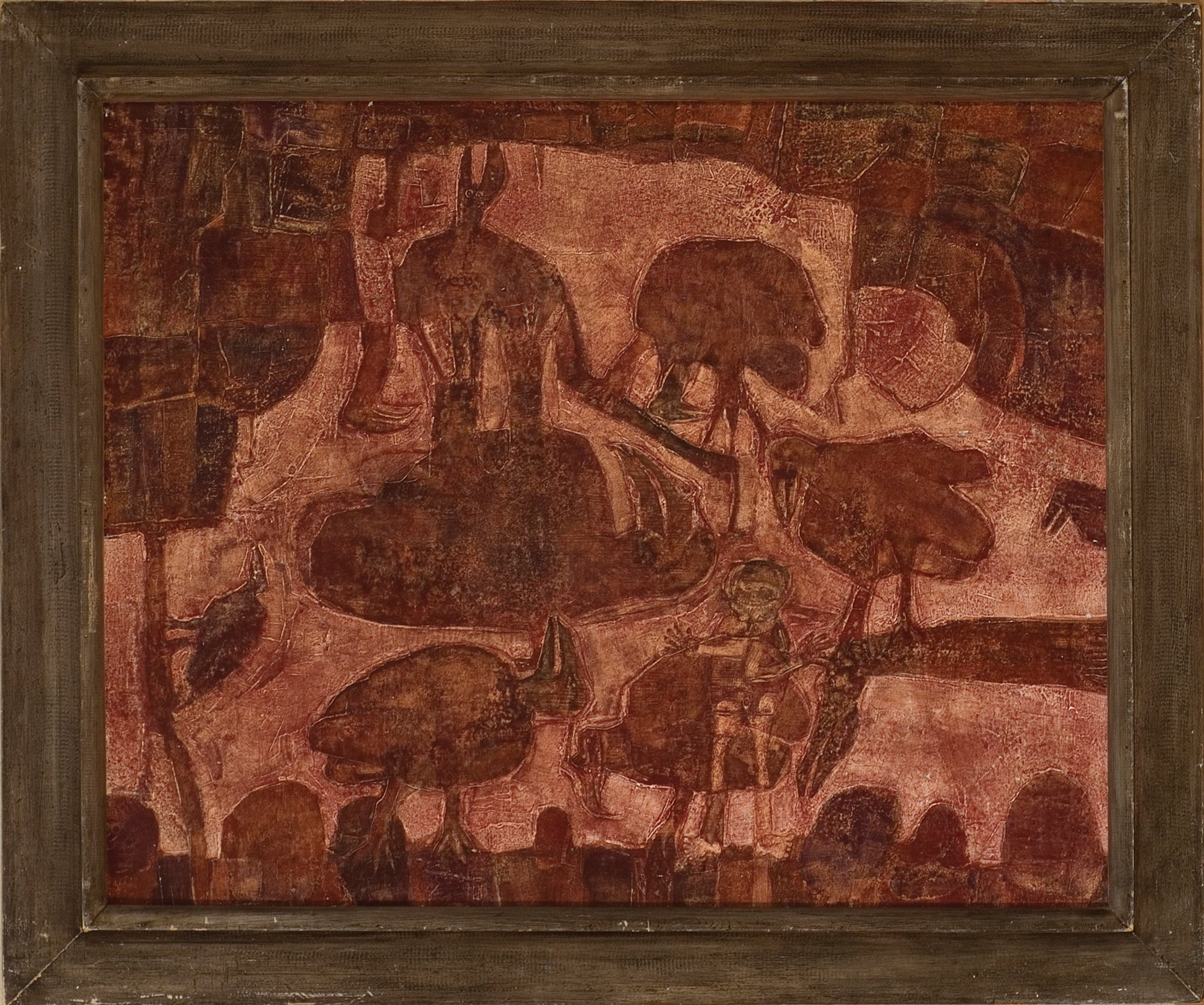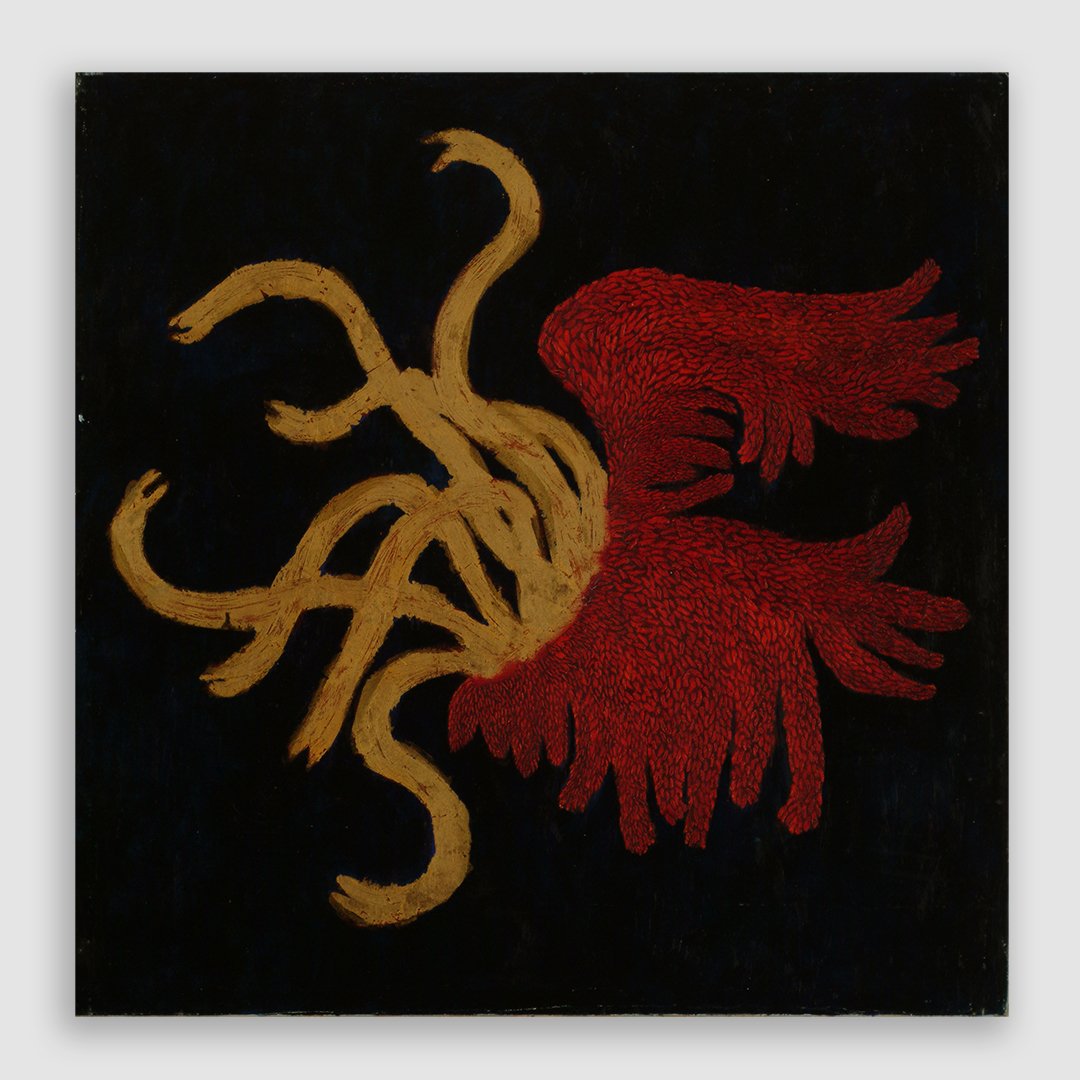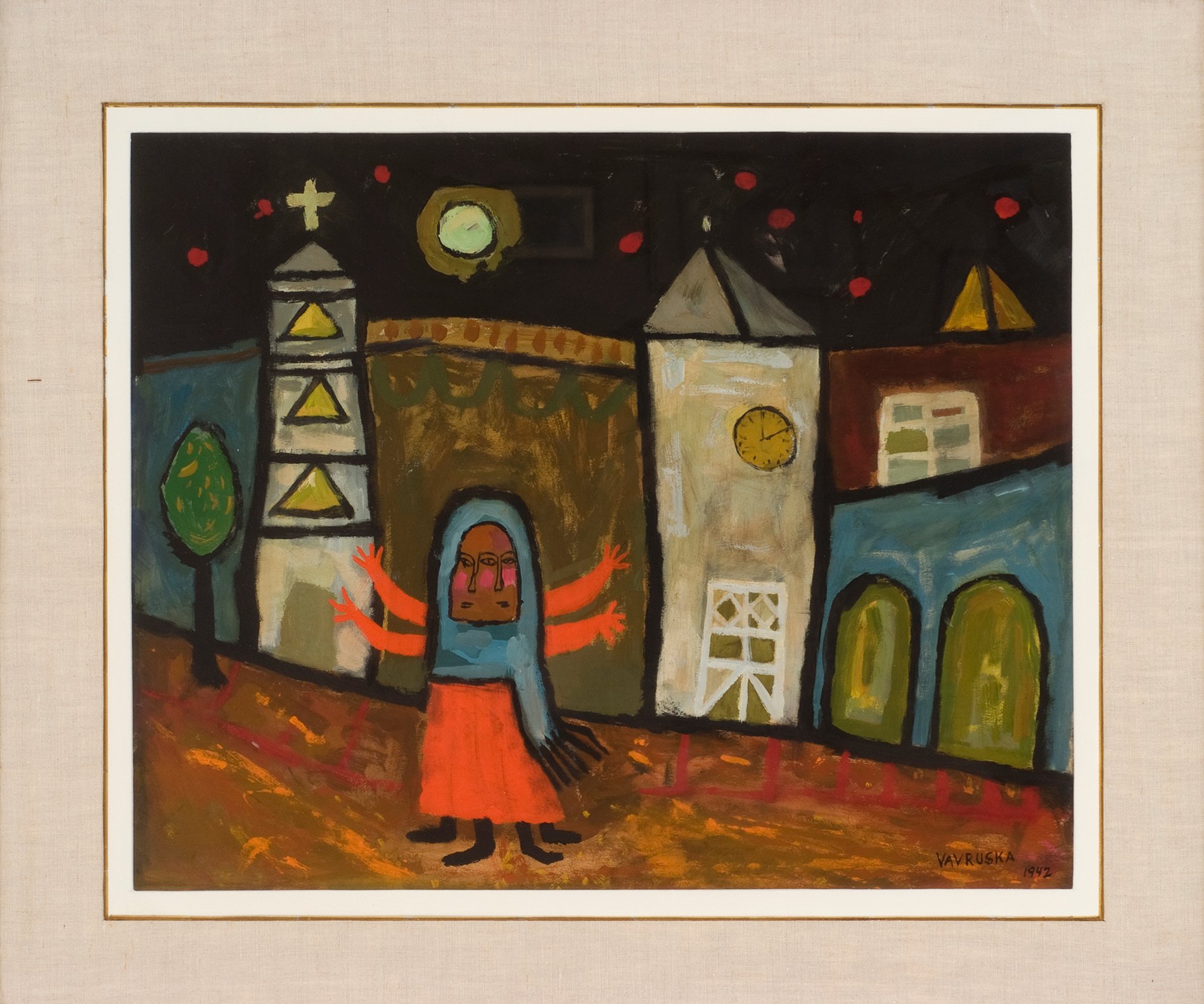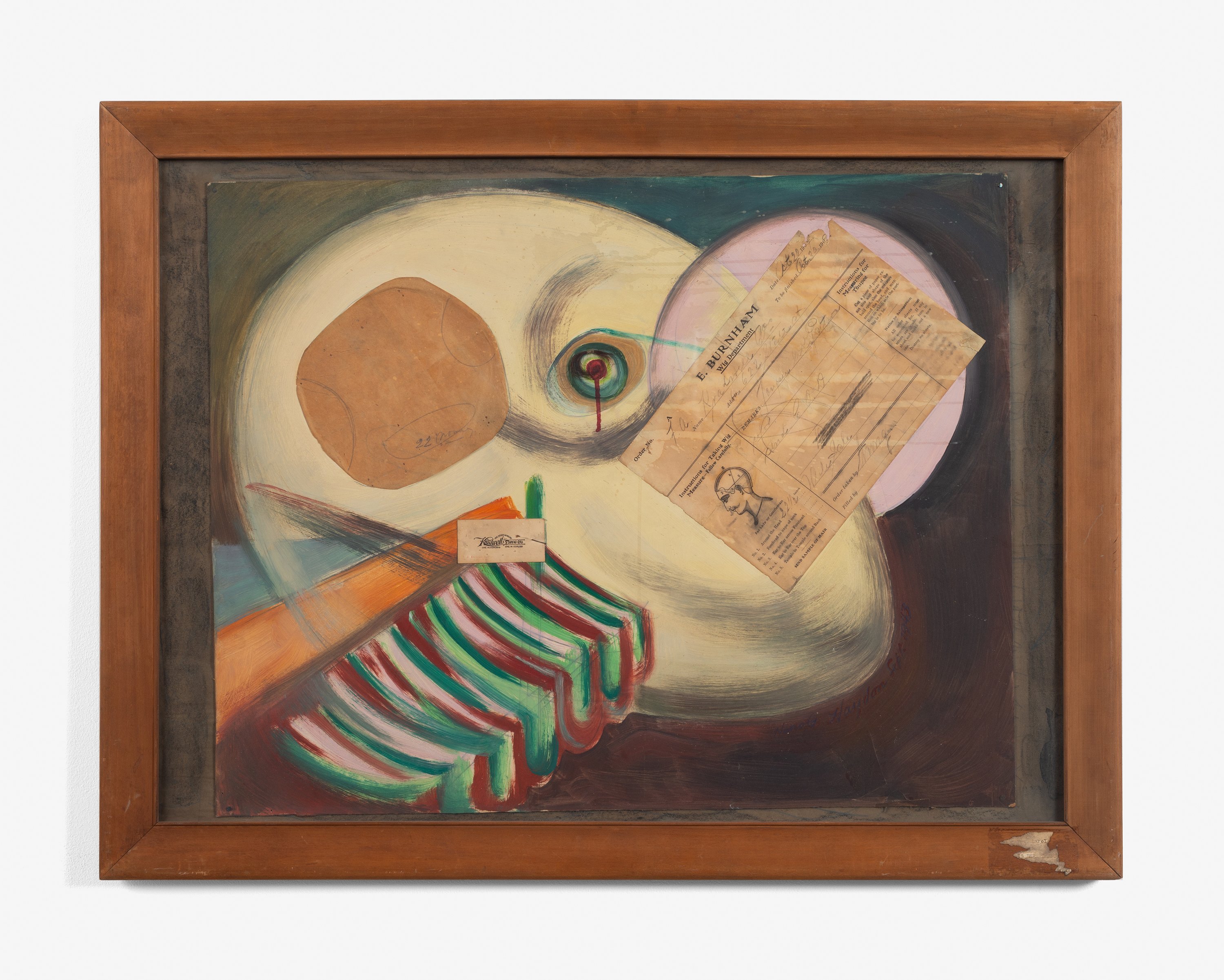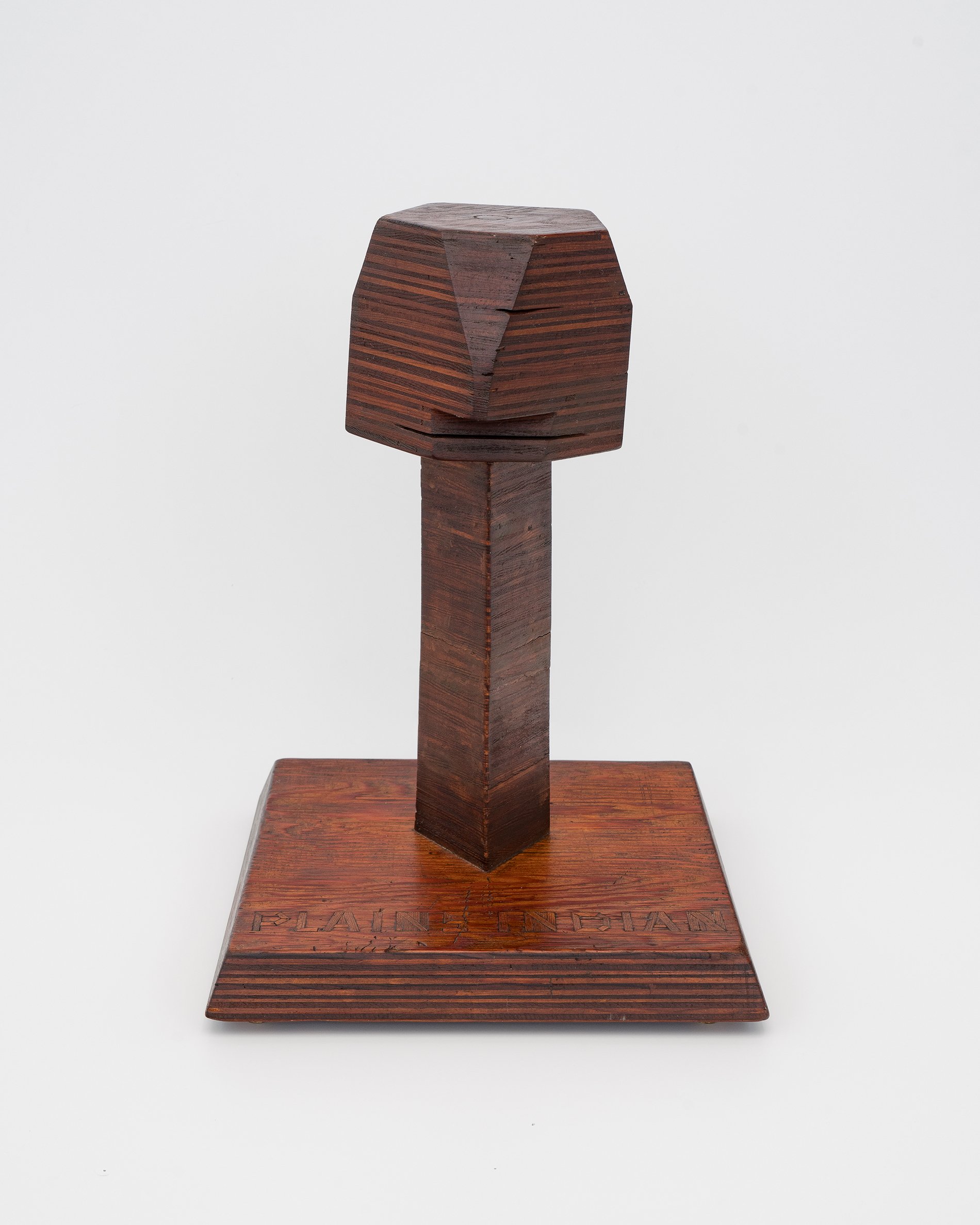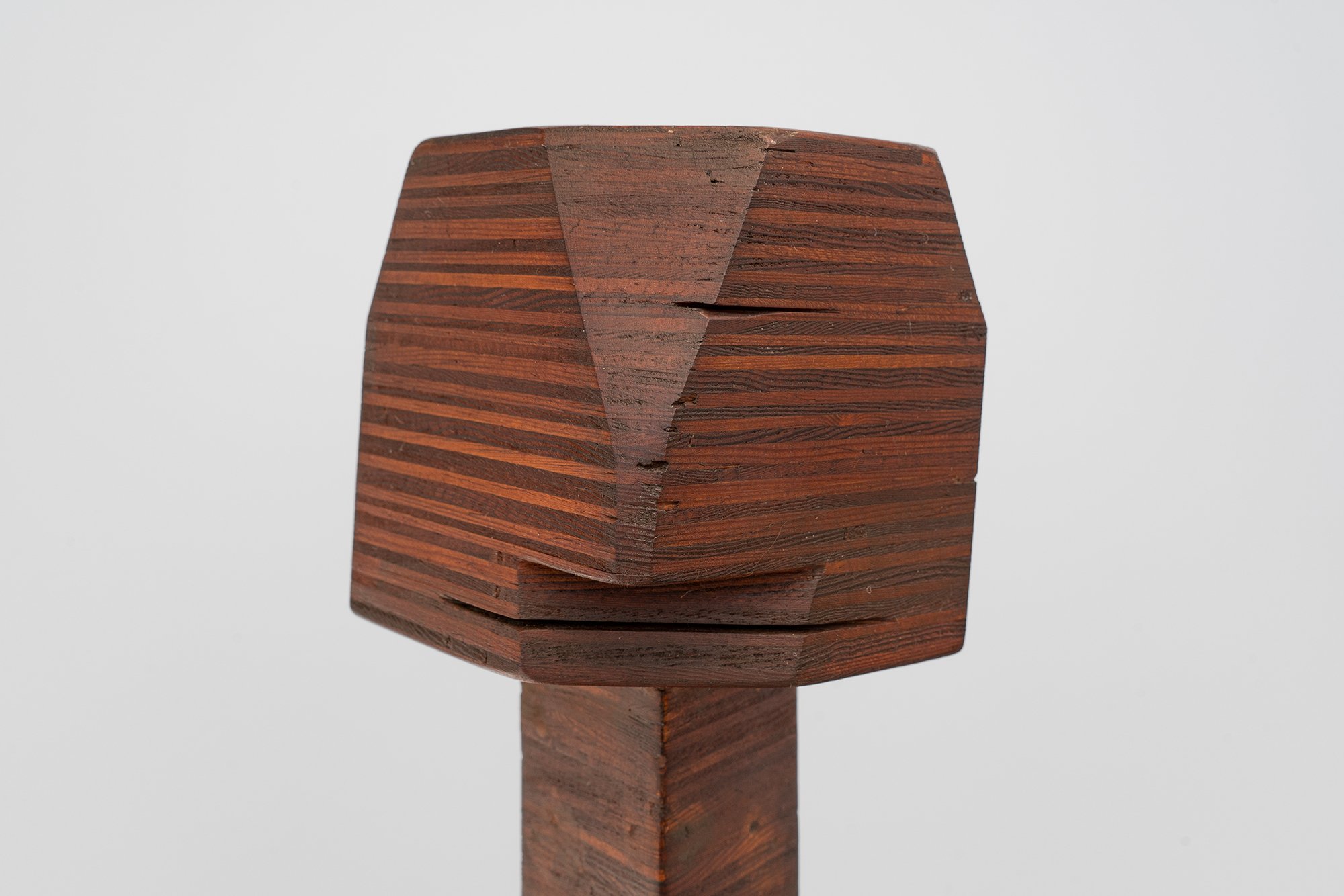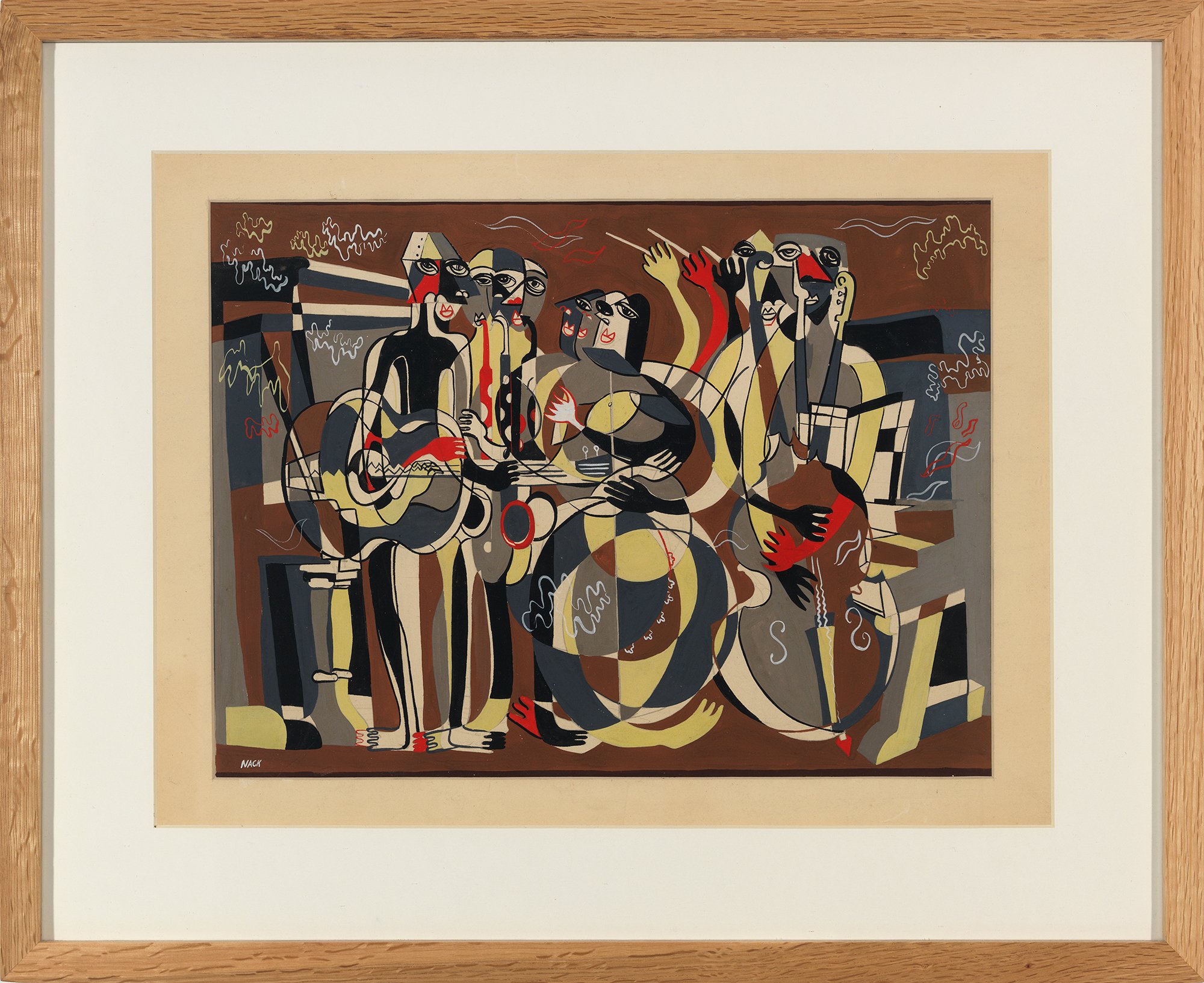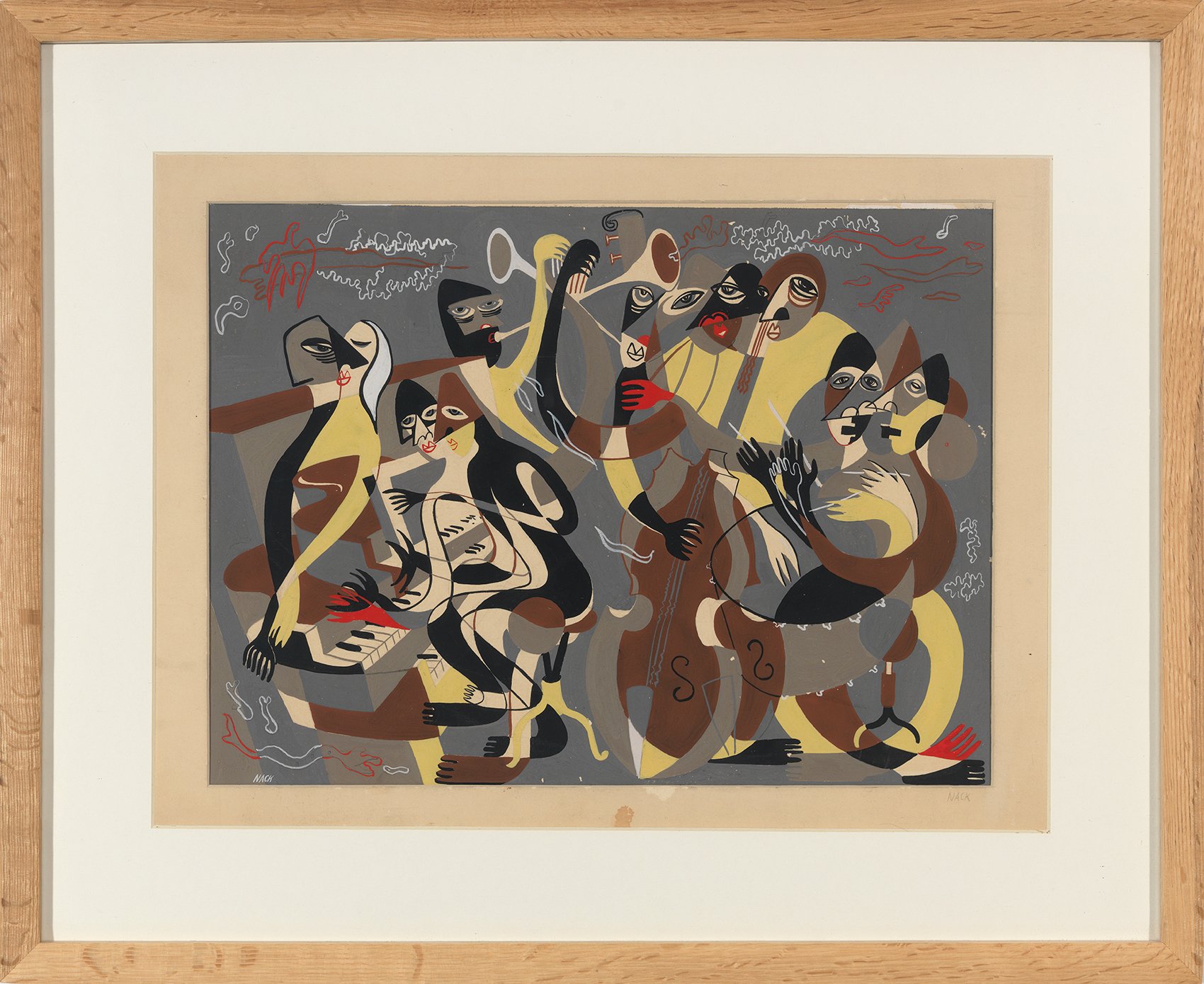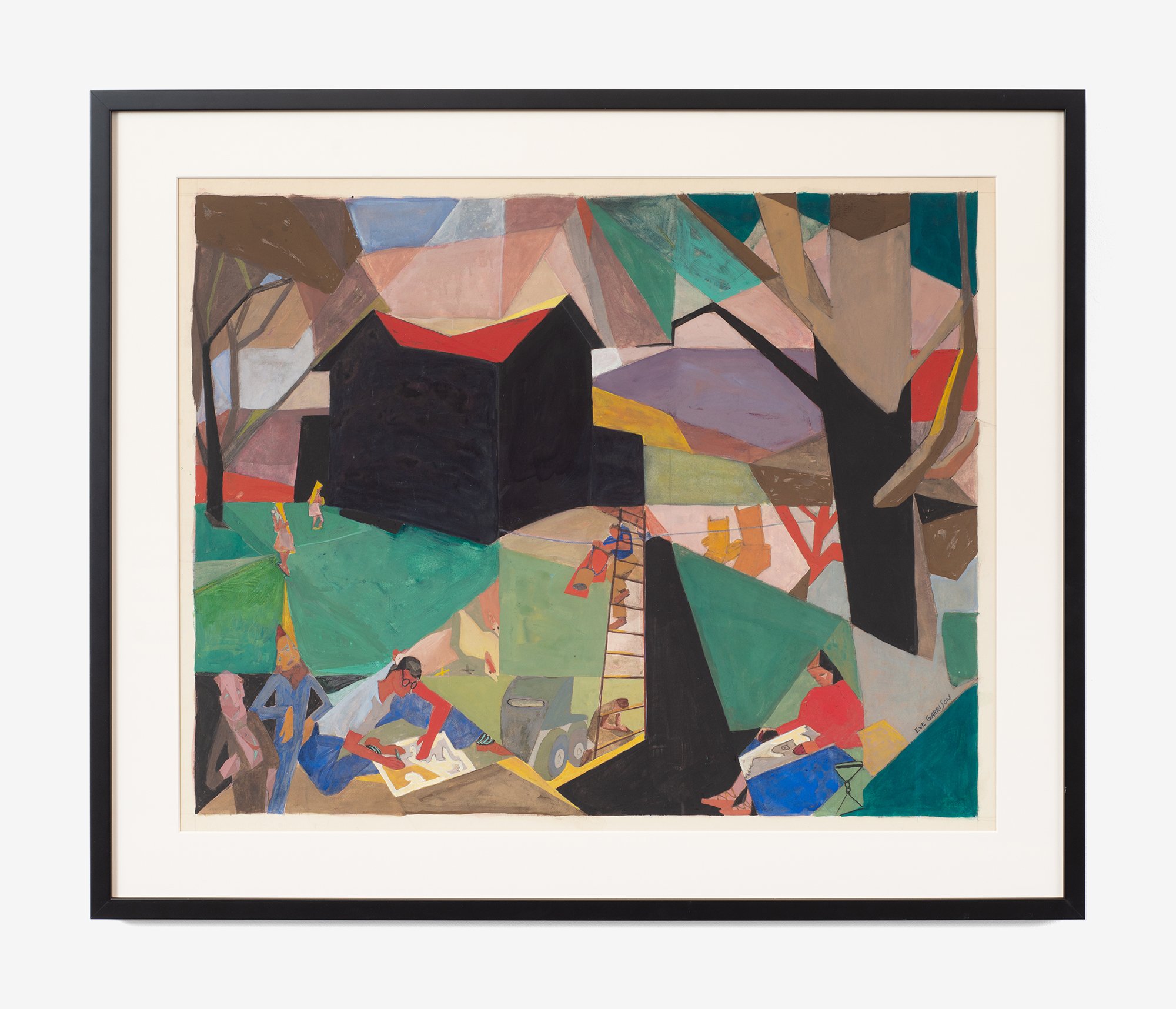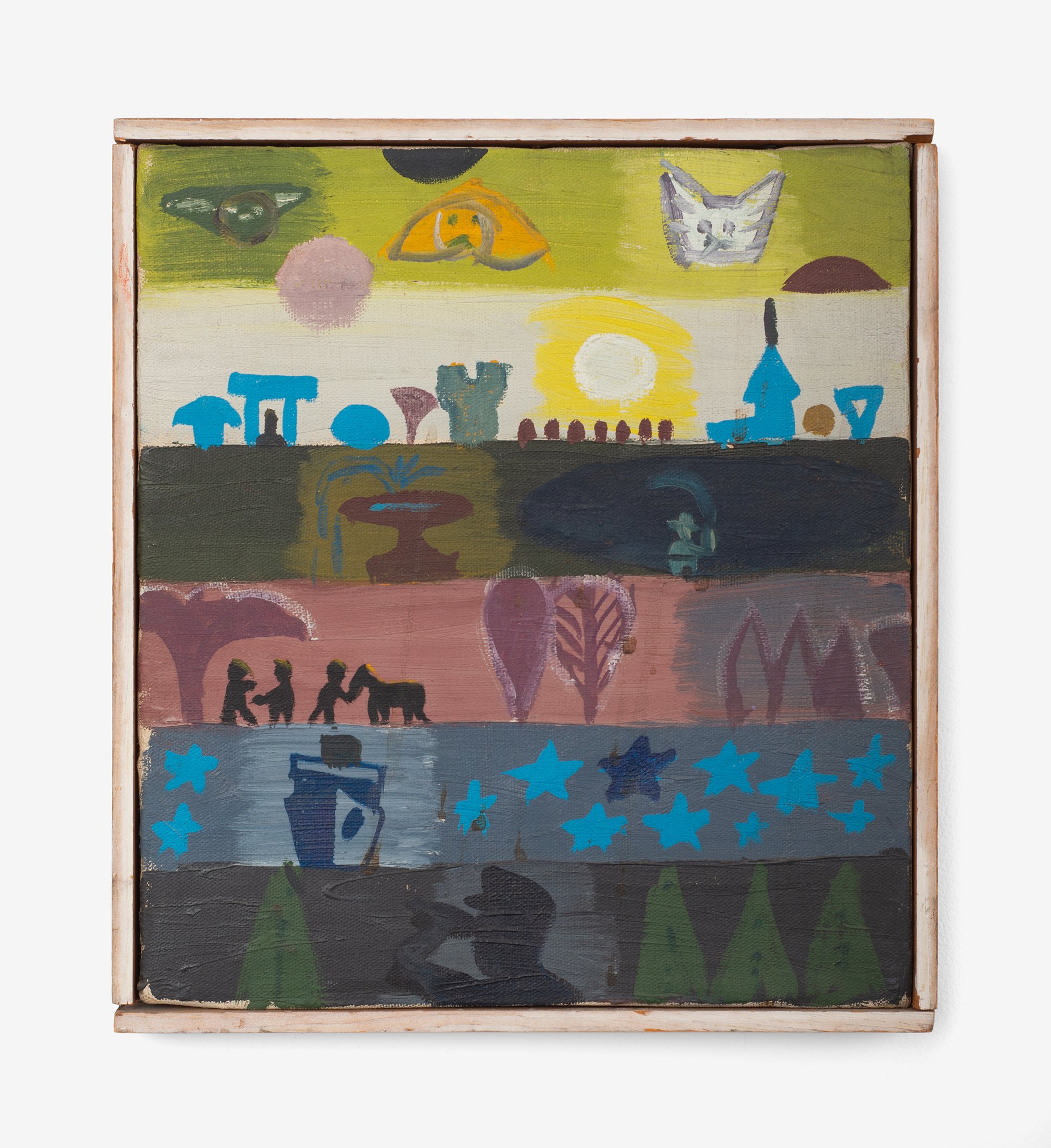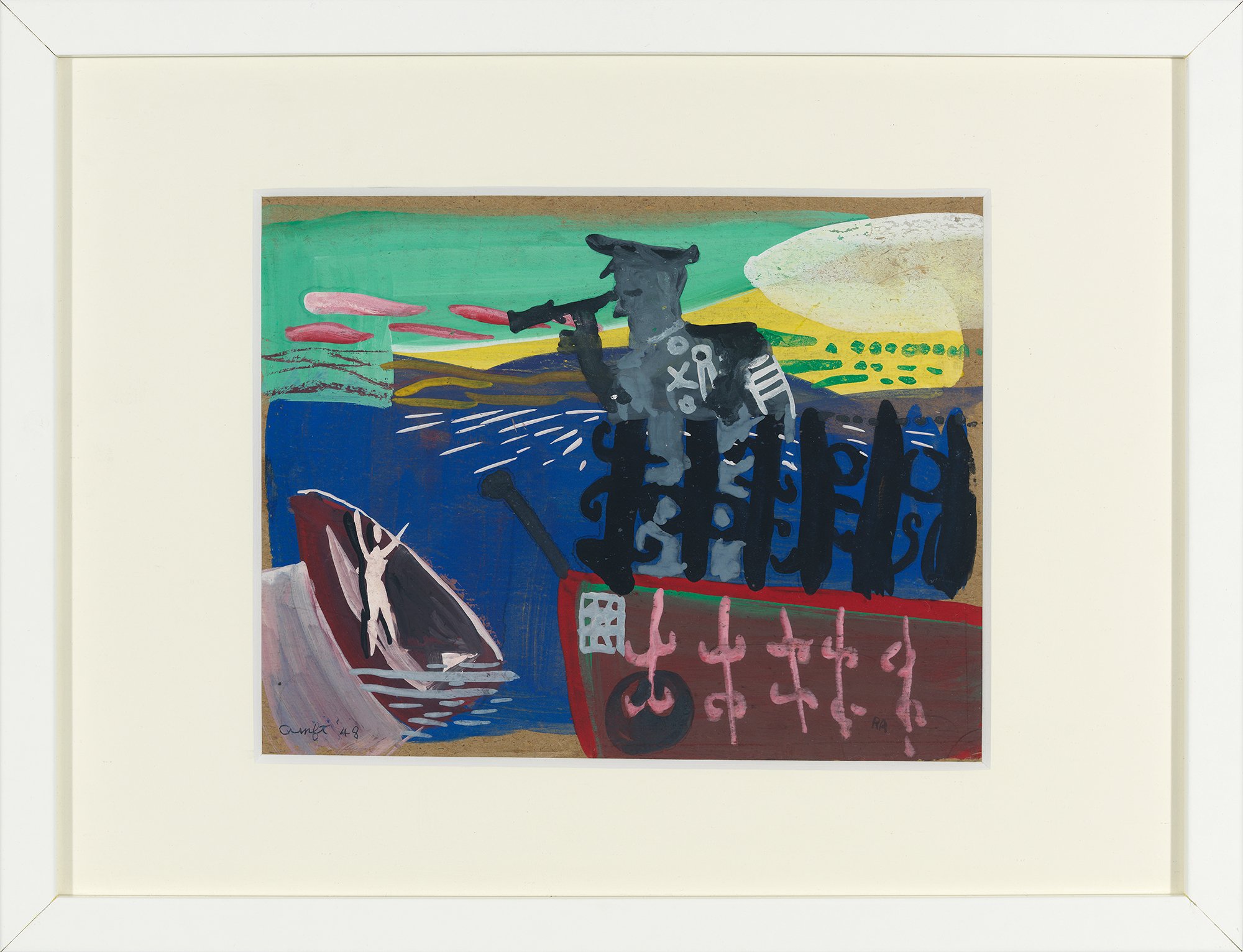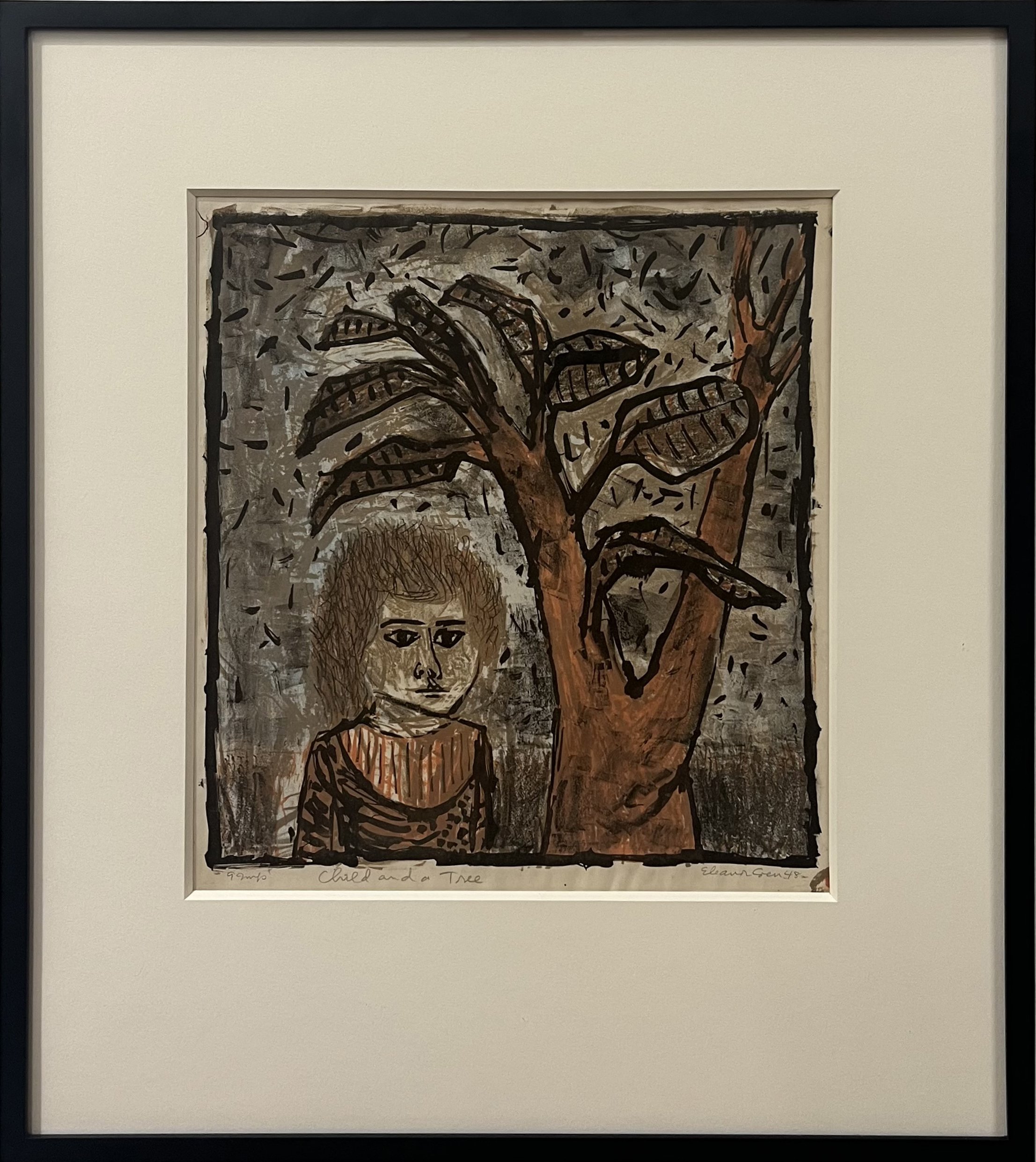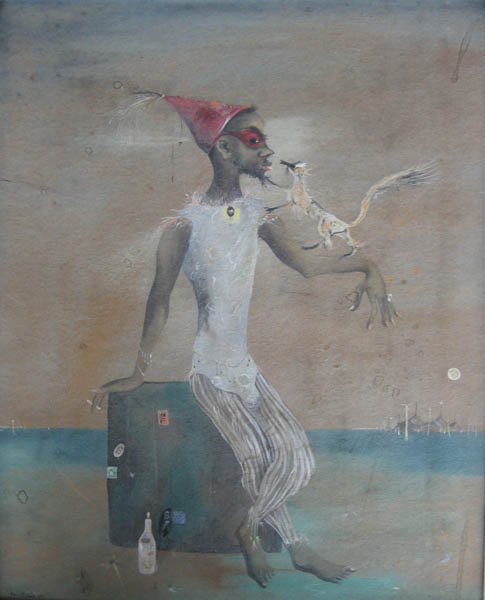Weird Old Chicago
October 1 - 5, 2024
North Gallery







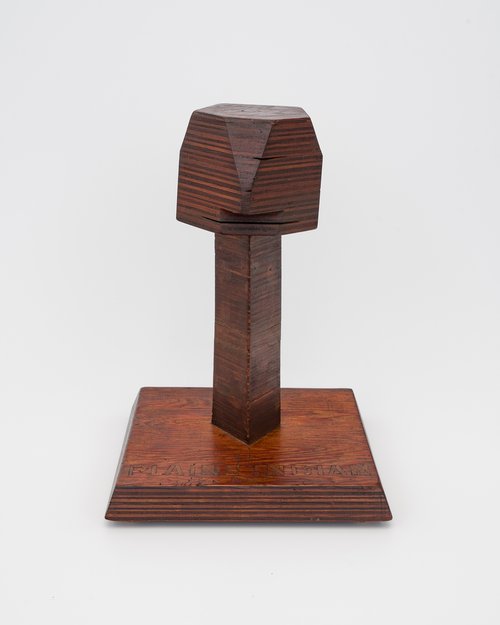










Press Release
In part three of the rotating 20th anniversary North Gallery exhibitions, Corbett vs. Dempsey presents Weird Old Chicago.
A word that often crops up in discussions of Chicago art is "eccentric." In this broad-strokes survey, CvsD excavates more than a dozen works from the 1940s and '50s that perfectly exemplify this trait – a positive attribute, as we see it – of not-being-central, that is, eccentricity as a mark of uniqueness, personal quality, outside the mainstream. With an undeveloped commercial infrastructure relative to its hypertrophied artistic community, Chicago's mid-century artists were at liberty to take chances, make images, and do things that they might hesitate to do if they'd been under the guiding influence of the dictates of capital or the prevailing winds of fashion. Paintings like Harold Hayden's "Wig Department – 1909" (1945) and Walter Hahn's "Winged Serpents" (c. 1958) have a magnetic mysteriousness that transcends genre, where Robert Amft's tiny tiered landscape reads like a text stating "tree person building tree tree tree [carriage return] tree tree person dog star star star star." Kenneth Nack's two mural studies from 1945 feature cubist musicians surrounded by images of sonic vibration; Julio De Diego's "The Opera Singer" (1942) depicts his fellow painter William S. Schwartz engaged in his favorite extracurricular activity, as if performing an aria on a Giorgio de Chirico stage set. Drawn from two decades of research into the wilderness of Chicago's artistic history, these and more wonderful strangenesses await in a show suggesting that, at least in Chicago, exceptions rule.



